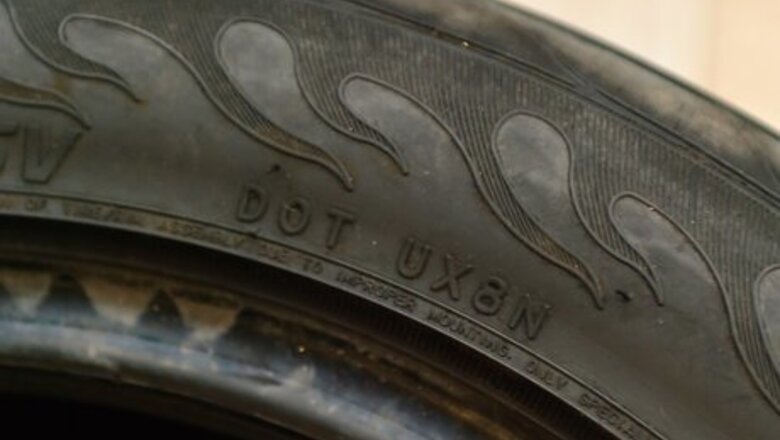
views
Judging tire quality

Know the age of the tires you are buying. Look at the sidewalls for the date stamp on the tire. If you look at the sidewall you will see a code beginning with the letters “DOT” (for the Department of Transportation). One of these codes will be four digits longer than the others and those extra digits are the date stamp. It is in a week/year (WW/YY) format, so, 0705 would be the 7th week of 2005 and 5107 would be the 51st week of 2007.

Buy tires that are no more than five years old. Tires older than that may fail prematurely due to inevitable deterioration of the rubber, a process often called dry rot. Tires exposed to UV are especially prone to failure as the radiation energy from the sun breaks some of the chemical bonds in the tires, allowing the rubber to oxidize more quickly.
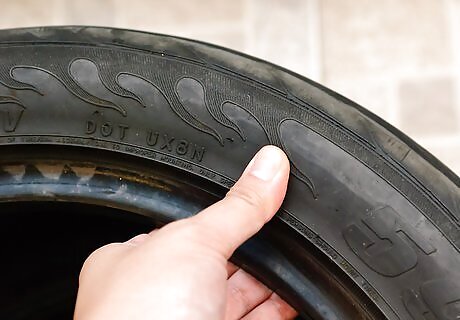
Test the rubber integrity by pinching about three inches (8 cm) of the sidewall and looking carefully for small cracks, dry rot, or discoloration. Do this in several places around the most weathered side of each tire. If you are not sure which side is most weathered, take the time to check both sidewalls. Reject any tires that show small cracks or signs of dry rot. These tires are prone to early failure and are inherently unsafe.
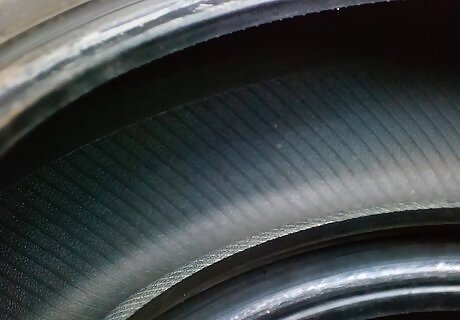
Examine the tires carefully to determine if they were repaired. Look on the inside of the tires for such things as plugs and patches. Reject any tires with these flaws. Though they are probably safe, better tires can be had, usually for the same price. Alternatively, you might reasonably ask if a discount might be offered based on the inferior tire quality or the defect you have identified. Don't expect too much, though. Remember, you are buying used tires.
Buying a pair or set of tires
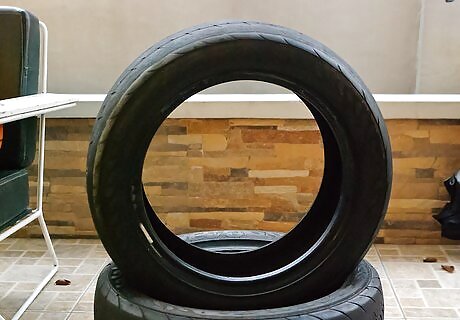
Make sure your tires are matched sets - one set for the front and one set for the rear. They should be the same size (width and aspect ratio), have similar tread wear, and a similar tread pattern, though the latter is less important and more forgiving. The height of the tires (from the road surface to the top of the tire) should be the same for both tires on an axle. If not, it puts unnecessary wear on the differential and CV (constant velocity) joints and creates handling and safety concerns. The tires are labelled P ### / ## R ## (S ##) where P represents the use (P is for passenger cars), # represents a single numeric digit, R stands for radial, and S is a letter code for the speed rating. Nearly all passenger car tires these days are radial. The first set of three digits molded on the tire sidewall (for example 265) is the width of the tire from inner sidewall to outer sidewall (with the tire mounted on the car and inflated to a specified pressure). This unit is given in mm. An example might be 265 indicating that 265 mm is the largest tire width (measured straight across the tire tread from the bulge in one sidewall to the bulge in the other sidewall). The first two-digit number (typically 50, 55, 60, 65, 70, or 75) is the aspect ratio of the tire given as a percentage. It is the sidewall height (from the bead where the tire seats on the rim to the to tread surface) as a percentage of the tire width (first three-digit number). An example might be 70% of 265 mm or 185 mm for a P265/70R15 tire. The final two-digit number is the size of the rim in inches. In almost all cases the rims on your car will all be the same unless you are running a temporary tire (spare). To get a matched pair of tires or a matched set of four tires, both the tire width and the aspect ratio must match exactly and the tread pattern should be close to the same.
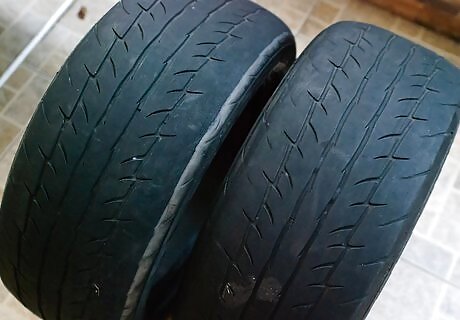
Check tread wear patterns. If there are bald spots, highly uneven wear, or steel belts that are showing or popping out, the tire is a reject for your purposes. Note that nearly every tire shows the most wear on the outside due to cornering.
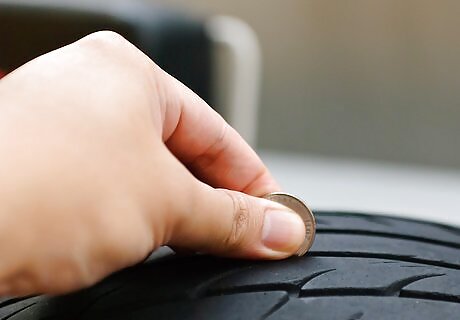
Check the tread depth. To do this, measure what you think is the average tread depth with a depth gauge or a US penny (or similar coin) to judge relative depth. (For this, the top of the portrait head should be toward the tire surface.) Ideally, you would want four tires that all have the same tread depth. If that’s not possible, it is best to make sure that the tires on each axle have equal tread depth as well as you are able.
Buying a single tire
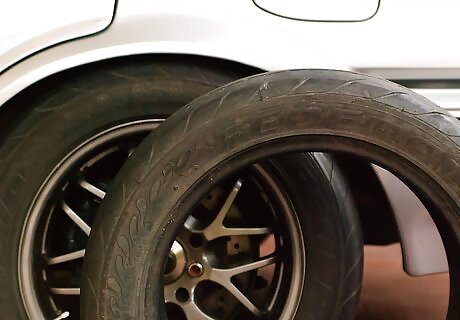
Match the tire that is already on the same axle.
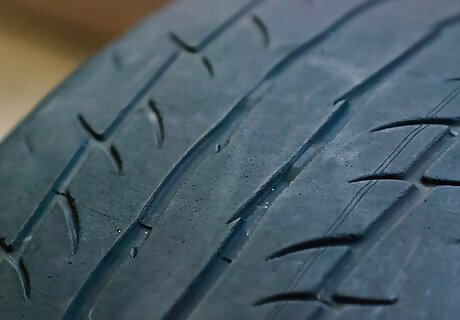
Choose a tire with as much tread (or more) than the tire you already have.

Reject tires with dry rot, patches, plugs, or uneven wear.
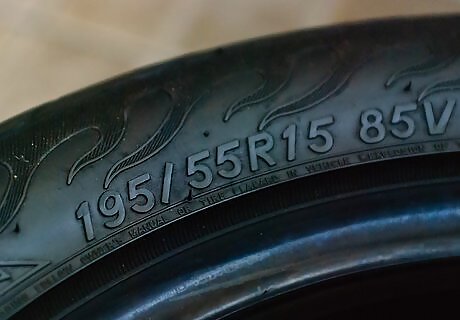
Pick the exact same tire width and aspect ratio as the existing tire. The tread pattern is not that important in this case.
















Comments
0 comment